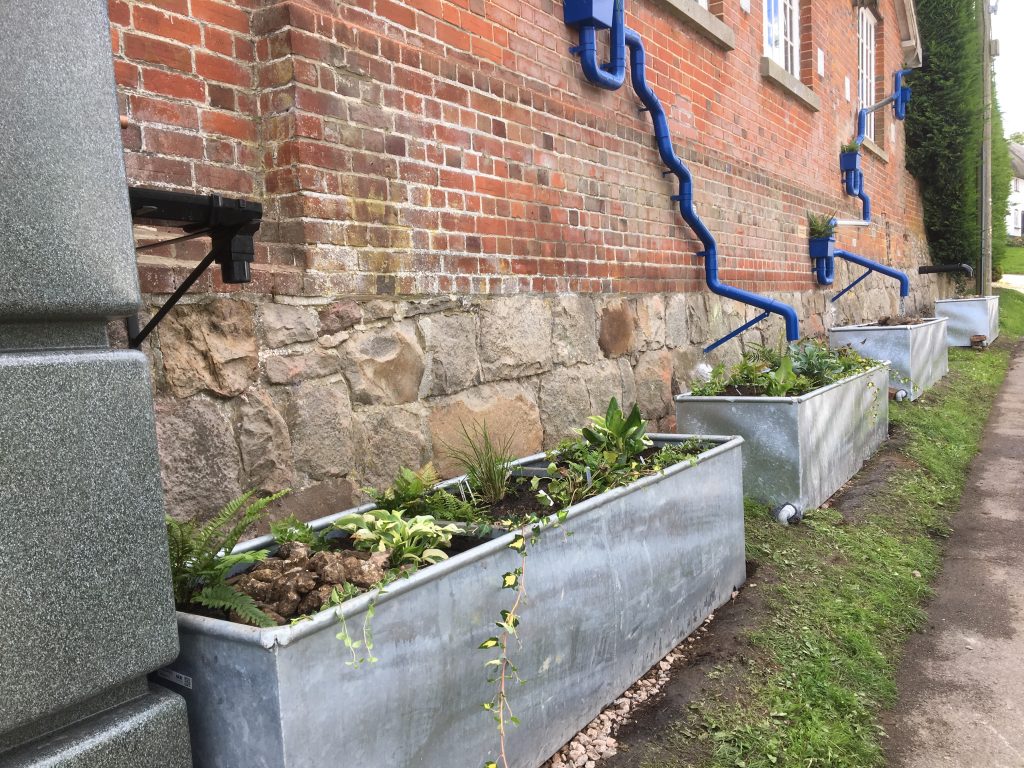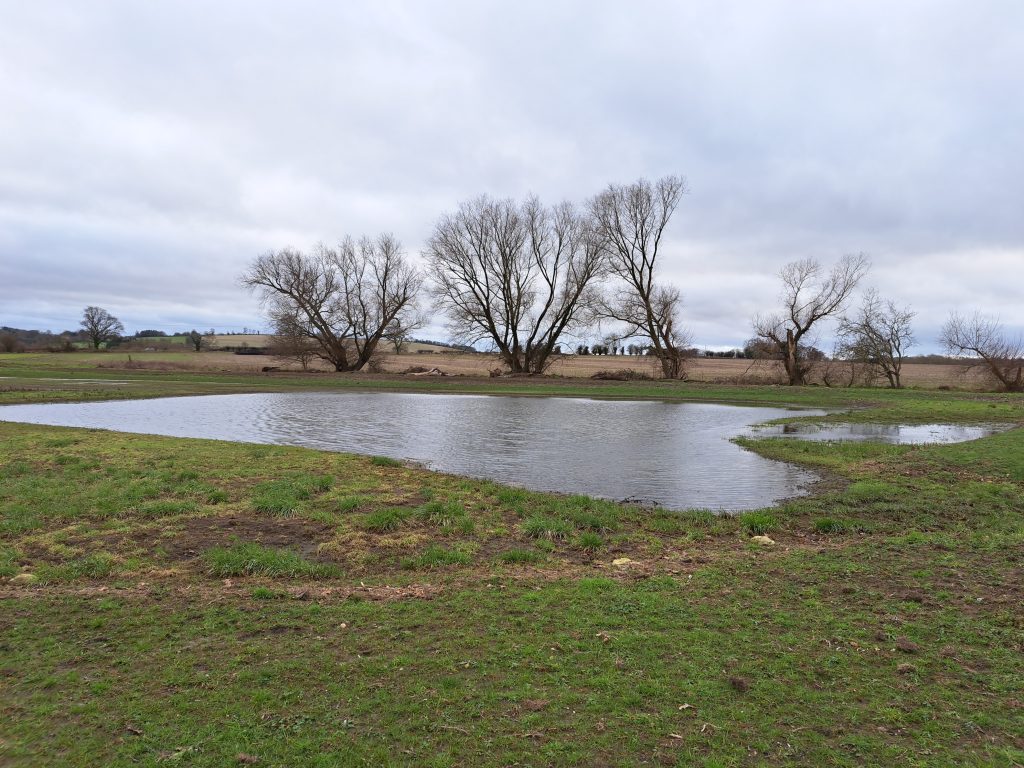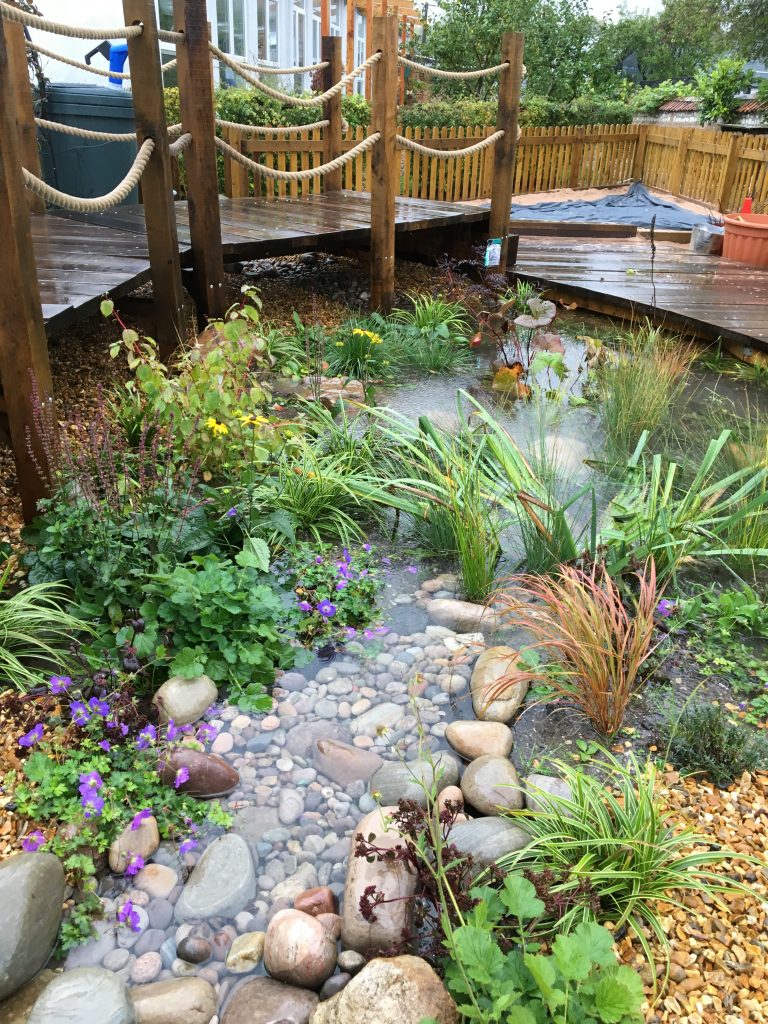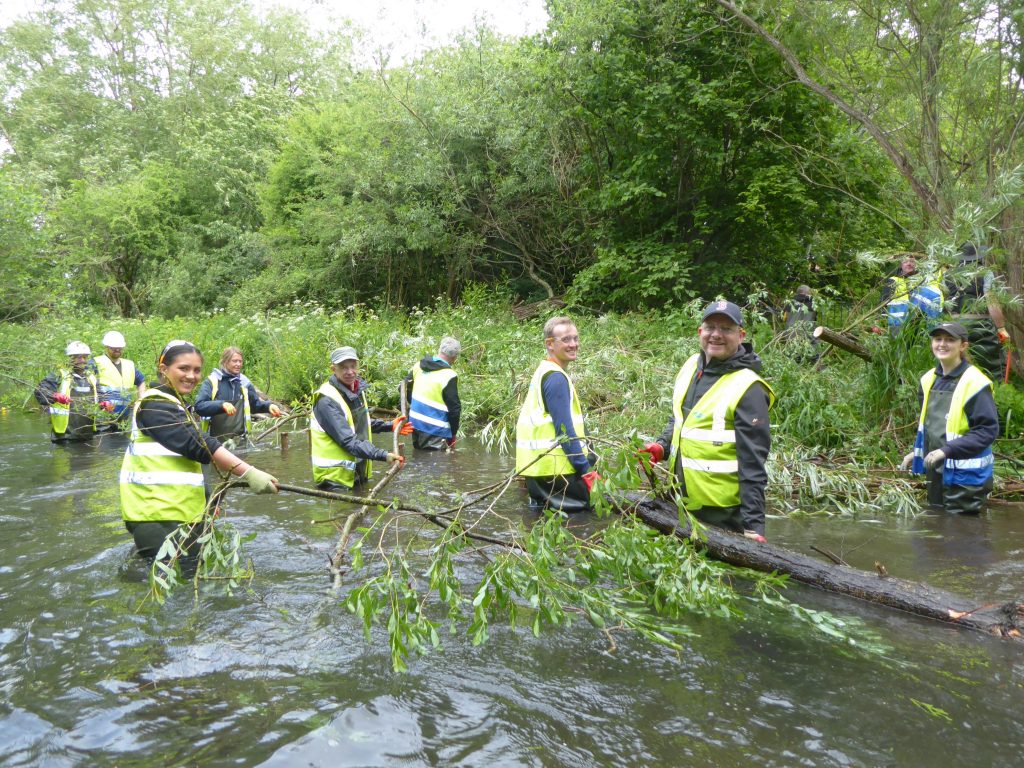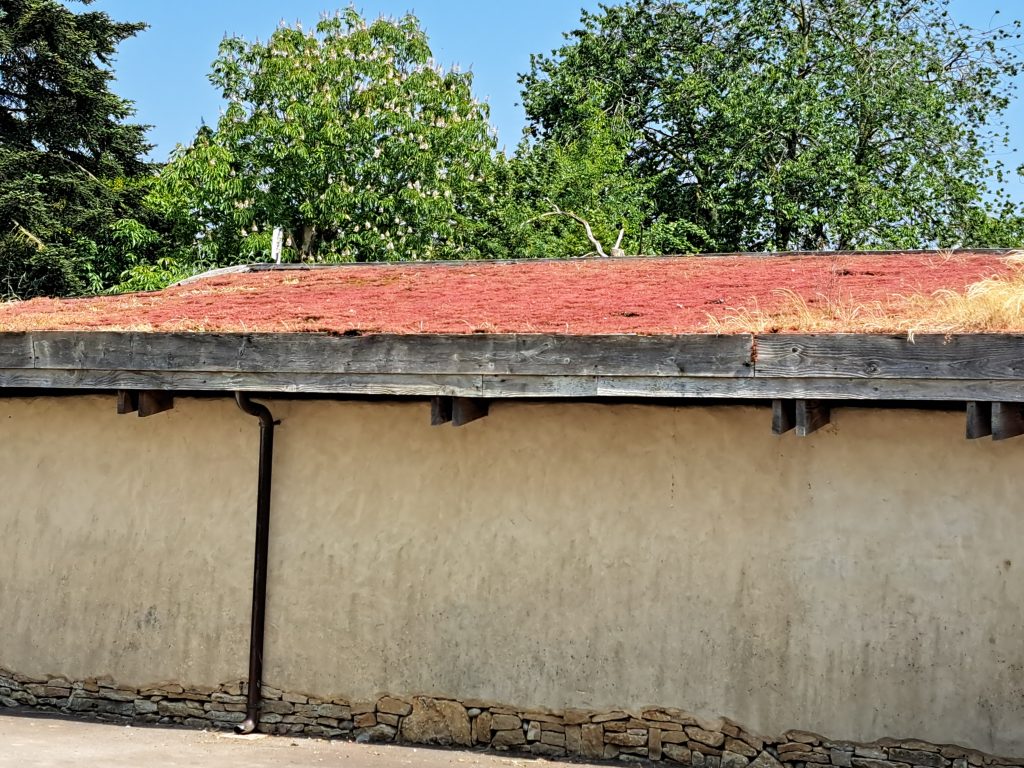Rainwater harvesting methods can be deployed at a range of scales to preserve our rivers and streams.
Freelance writer and bookworm Rosie Buckley writes for us to to expand on this subject.
Preserving Our Rivers: The Influence of Water Harvesting in River Restoration
One of the most crucial actions we can do to maintain a healthy and functioning ecosystem is to conserve our rivers as our world struggles with the effects of climate change and environmental degradation. Our streams serve as more than simply supplies of drinking water or places to go for enjoyment; they function as a complex network that carries essential energy, nutrients, and habitats for species. Despite their significance, the majority of river systems worldwide are in danger because of man-made dangers such as pollution, sedimentation, and deforestation.
An in-depth discussion of the water harvesting procedure, as well as its advantages for river restoration projects, will be provided in this article. We’ll also look at several methods for achieving it. Finally, we’ll look at some impressive instances of how this technology is being applied globally to preserve our streams and promote a thriving environment.
Getting to grips with water harvesting:
The technique of gathering rainwater for use in a house, garden, or commercial establishment is known as water harvesting. This technique has gained popularity in the UK as a means to cut expenses and conserve resources. Aquifers and tanks, cisterns, and barrels can be used to store water both above and below ground. Filtration and purification systems allow for the reuse of materials that aren’t used right away. Rainwater collection and storage techniques include swales, green roofs, contour trenching, and roof-top catchment systems.
Green roofs
Rainwater collection and storage are the goals of green roofs, which create a living, natural setting. Rainwater is absorbed and stored by the soil and vegetation that cover this sort of roof. Buildings benefit from the additional insulation that green roofs offer by staying warmer in the winter and cooler in the summer.
Trench contouring
By utilising a process called contour trenching, erosion may be stopped by channelling water following the contours of hills or hillsides. This technique is creating a series of uniform shallow ditches in the ground down a slope so that water may pass from one ditch to the next.
Contour trenching can assist in reducing floods, lessen the deposition of sediment, and increase irrigation efficiency in places with steep terrain by managing how much water flows down each slope and guiding it towards a location where it can be properly collected and stored. By lowering surface runoff, it can also assist in preventing landslides from damaging structures that are on slopes.
Roof-top catchment
Installing gutters and pipes to direct rainwater from rooftops into storage tanks is a component of roof-top catchment systems. The water that has been gathered may subsequently be utilised for a number of things, including flushing toilets and watering plants. Rooftop catchment systems are also more affordable and minimal maintenance than other water collection techniques.
Swales
Swales are small, soil-filled channels that are used to divert excess surface runoff away from buildings and other structures and towards locations where water may safely be accumulated in tanks or cisterns or absorbed by the environment naturally. They work best when paired with other water collecting techniques because they offer a mechanism to manage excess precipitation and route it away from potential flooding or erosion hotspots.
They can assist to replenish groundwater resources by enabling rainwater to infiltrate through layers of soil into aquifers under the surface, in addition to protecting property from flood damage. This lessens strain on existing supplies of drinkable water in times of drought or rising demand and maintains a healthy balance between surface water and groundwater reserves.
River restoration
Restoring rivers is crucial for maintaining and safeguarding natural ecosystems. By maintaining water levels and replenishing groundwater supplies, water harvesting can aid in the restoration of rivers’ natural hydrological regimes. It also improves water quality, decreases sedimentation, reduces soil erosion, increases ecological services, and provides habitat for fish and other species. Water harvesting also has other advantages, like lowering the demand for freshwater resources already in place while supplying further sources for irrigation or industrial uses.
River restoration initiatives can be carried out in several ways and to varied degrees of complexity. Each project’s goal will be determined by the local environment and accessible natural resources. Some tactics entail building artificial wetlands where water may collect and be utilised for a variety of things, such delivering groundwater or offering home for wildlife. By eliminating obstructions that restrict water flow or enabling vegetation to regrow organically, some initiatives aim to restore existing rivers.
Any attempt to restore a river, though, must be carefully planned and carried out in order to succeed.
Ecosystems
The restoration of rivers plays a vital role in the preservation and enhancement of ecosystems. Rivers are complex and dynamic ecosystems that support a diverse array of plant and animal species. When rivers are degraded or altered due to human activities such as damming, pollution, or channelisation, it disrupts the delicate balance of the ecosystem. River restoration aims to reverse these negative impacts by restoring natural flow patterns, improving water quality, and creating habitat diversity. These restored ecosystems provide valuable habitats for fish, birds, and other wildlife, promote nutrient cycling, filter pollutants, and support the overall health and resilience of the surrounding landscape. A healthy river ecosystem contributes to the overall well-being of human communities by providing recreational opportunities, clean drinking water, and supporting sustainable economic activities such as fishing and tourism.
Natural flood control
To lessen the danger of flooding from extreme weather events, natural flood management (NFM) is an evidence-based strategy. It functions by using natural elements like plants, marshes, and rivers to delay the flow of water and retain extra runoff. NFM can lessen downstream floods and enhance the condition of river habitat by doing this. In turn, this aids in restoring rivers to their original form, enabling them to better absorb heavy rains and offer more efficient water harvesting during dry spells. Implementing NFM can also improve the biodiversity and leisure possibilities along riverbanks. As a result, it has gained more and more recognition as a crucial instrument for reducing the risks linked with the effect of climate change on our water supplies.
In conclusion, water harvesting plays an important role in the restoration of rivers and the conservation of water resources. Water harvesting not only helps restore the natural flow of rivers but also supports the revival of aquatic ecosystems, enhances biodiversity, and provides sustainable water supplies for communities and agriculture. As we continue to recognise the importance of river restoration in the face of environmental challenges, embracing water harvesting practices will be instrumental in preserving our precious water sources and ensuring a healthier and more resilient future for both humans and the natural world.
